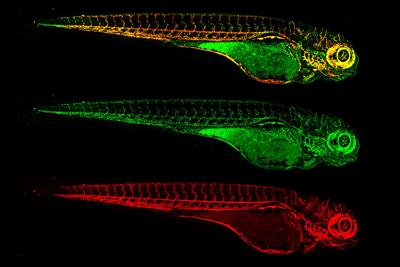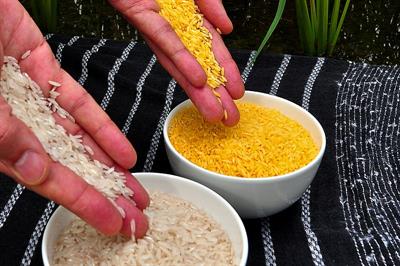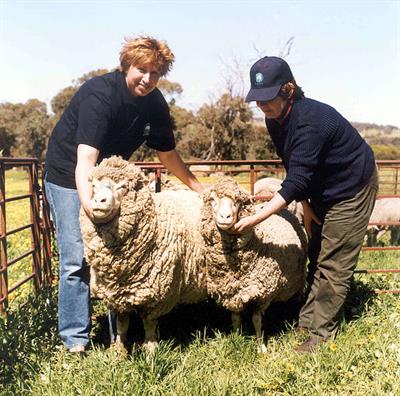
PUMPA - SMART LEARNING
எங்கள் ஆசிரியர்களுடன் 1-ஆன்-1 ஆலோசனை நேரத்தைப் பெறுங்கள். டாப்பர் ஆவதற்கு நாங்கள் பயிற்சி அளிப்போம்
Book Free DemoThe generation of genetically modified (GM) plants and animals is one of the most significant advances in genetic engineering.
Genetic modification refers to altering or manipulating genes in an organism using rDNA techniques to produce the desired characteristics.
The DNA fragment (containing foreign genes) inserted is called a transgene.
Plants or animals expressing a modified endogenous gene or a foreign gene are also known as transgenic organisms.
The plants or animals in which foreign genes have been introduced through genetic engineering are transgenic plants or transgenic animals. They are also known as Genetically modified organisms.

Transgenic zebra fish larva shows the blood vessels
Transgenic plants are more stable, have better nutritional content, are disease resistant, and can tolerate a various environmental conditions. Similarly, transgenic animals are employed to manufacture low-cost therapeutic proteins and increases livestock quality. The table below lists some examples of genetically modified plants and animals:
Transgenic plants:
Objective | Gene inserted | Achievement |
| Improved nutritional quality in Rice | Beta carotene gene (In humans, Beta carotene is needed for the synthesis of Vitamin A) | Golden Rice (Genetically modified rice can produce beta carotene, that prevents Vitamin A deficiency) |
| Increased crop production | Bt gene from bacteria Bacillus thuringiensis. (Bt gene produces a protein that is toxic to insects) | Insect resistant plants (These plants can produce the toxin protein that kills the insects which attack them) |
Transgenic animals:
Objective | Gene inserted | Achievement |
| Improved wool quality and production | Genes for synthesis of amino acid, cysteine | Transgenic sheep (gene expressed) |
| Increased growth in fishes | Salmon or Rainbow trout or Tilapiagrowth hormone gene | Transgenic fish (gene expressed) |
Golden Rice: An example of a transgenic plant:
It is a transgenic variety of rice (Oryza sativa) that contains good quantities of Beta carotene, a principal source of Vitamin A. Since the seeds or the grains are yellow, the rice is called golden rice. Professor Ingo Potrukus and Peter Beyer produced genetically engineered rice by introducing three genes associated with the synthesis of carotene.

Normal rice vs Golden rice
Other examples of transgenic plants: Bt Cotton:

Bt cotton
Transgenic Salmon: An example of a transgenic animal:
Genetically modified salmon was the first transgenic animal for food production. The genetically modified sperms were fused with normal eggs or ova of the same species.
The zygotes that grew into embryos produced larger adults than either of their parents. Transgenic salmon have an additional gene that codes for growth hormone, growing significantly larger than non-transgenic salmon.

Transgenic Salmon
Other examples of transgenic animals: Transgenic sheep:

Transgenic sheep in the left vs normal sheep in the right
Reference:
https://commons.wikimedia.org/wiki/File:Golden_Rice.jpg
https://commons.wikimedia.org/wiki/File:Pic-bt-cotton-punjab-farmer.jpg
https://commons.wikimedia.org/wiki/File:Salmon4.jpg
https://commons.wikimedia.org/wiki/File:CSIRO_ScienceImage_1953_Difference_Between_Transgenic_Sheep_and_Normal.jpg
https://www.flickr.com/photos/nichd/43894416685